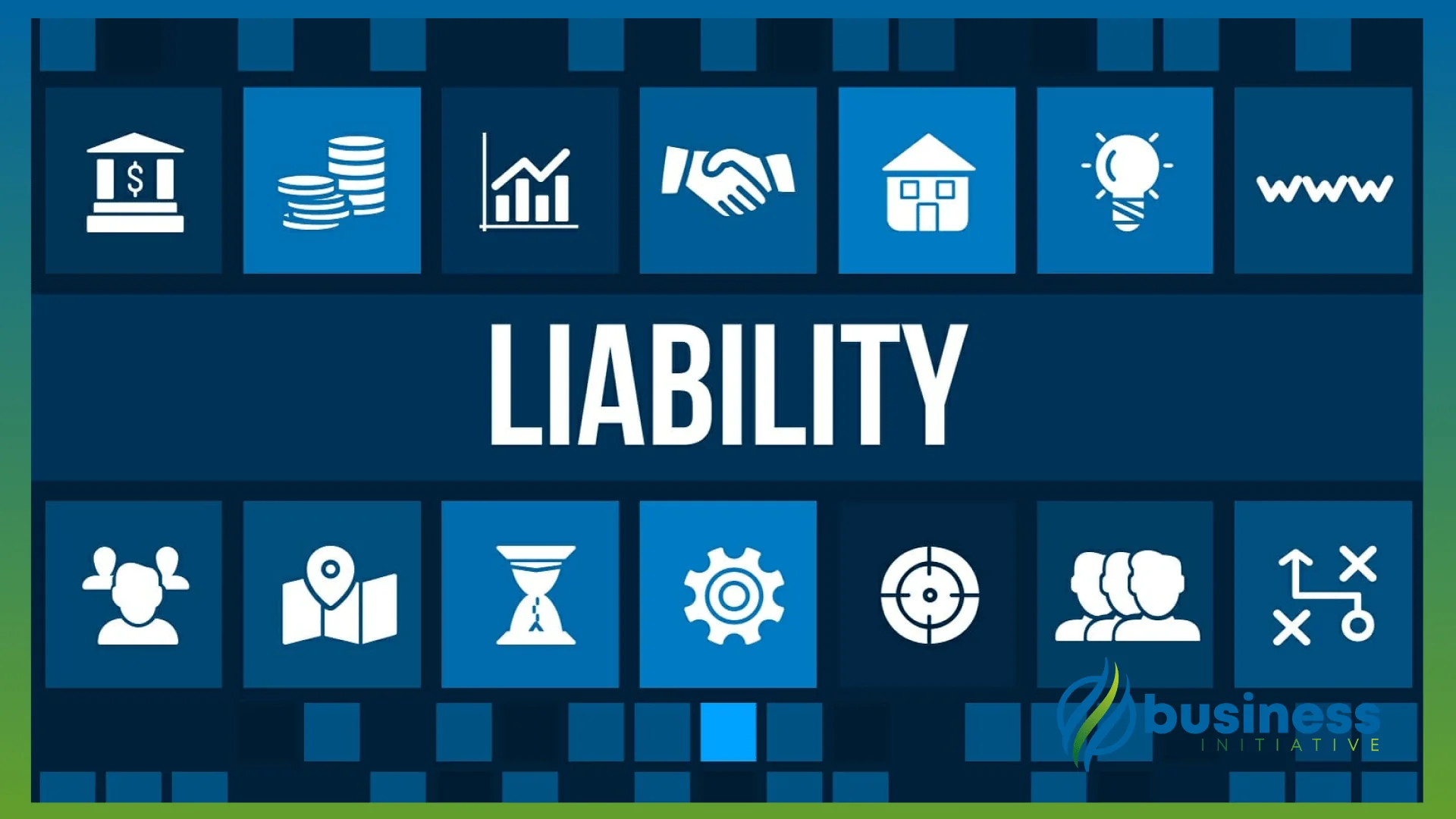You formed an LLC or Corporation.
You think you’re protected. Your personal assets are safe. You’re covered.
But you’re not.
Common habits destroy your protection. They pierce the corporate veil. They expose your personal assets. You don’t even know you’re doing it.
This guide shows you the seven habits.
What they are. Why they’re dangerous. How to avoid them. How to maintain protection.
Read this. Fix the habits. Protect your assets.
 Key Takeaways
Key Takeaways
- Mixing personal and business finances is the #1 way to pierce the corporate veil—always keep separate bank accounts and never use business funds for personal expenses
- Failing to maintain proper corporate formalities (meetings, minutes, resolutions) can invalidate your limited liability protection
- Undercapitalizing your business (not putting enough money in) can expose you to personal liability if courts determine you're underfunded
- Using your business as a personal piggy bank or treating it as an alter ego destroys the legal separation between you and your entity
- Failing to properly document transactions, contracts, and business decisions makes it look like the entity doesn't exist as a separate legal person
 Table of Contents
Table of Contents

What Is Piercing
Piercing the corporate veil means courts ignore your entity.
What it means:
- Courts treat you and your business as the same
- Your personal assets become vulnerable
- Limited liability protection disappears
- You’re personally liable for business debts
When it happens:
- You don’t maintain proper separation
- You treat business as personal extension
- You ignore corporate formalities
- Courts see no real distinction
The reality: Your entity only protects you if you treat it as separate. Mixing personal and business destroys protection.
Habit 1: Mixing Finances
The Habit:
- Using personal bank account for business
- Using business account for personal expenses
- Mixing funds without clear records
- No separation between personal and business money
Why It’s Dangerous:
- Courts see no distinction between you and business
- Looks like business is just your personal account
- No evidence of separate entity
- Easy to pierce the veil
How to Fix:
- Open separate business bank account
- Never use business funds for personal expenses
- Never use personal funds for business (except proper capital contributions)
- Keep clear records of all transactions
Pro tip: Separate bank accounts are non-negotiable. This is the easiest way to maintain protection. See our EIN guide for getting your EIN to open a business account.

Habit 2: No Formalities
The Habit:
- No annual meetings or minutes
- No corporate resolutions
- No documentation of decisions
- Operating like a sole proprietorship
Why It’s Dangerous:
- Shows you’re not treating entity as separate
- No evidence of corporate structure
- Courts see informal operation
- Easy to pierce the veil
How to Fix:
- Hold annual meetings (even if just you)
- Document major decisions in minutes
- Create resolutions for important actions
- Maintain proper corporate records
Pro tip: Even single-member LLCs should maintain basic formalities. Document major decisions. Keep corporate records. See our compliance guide for requirements.
Habit 3: Undercapitalization
The Habit:
- Not putting enough money into business
- Operating with minimal capital
- Relying on personal funds for business expenses
- Business can’t cover its own debts
Why It’s Dangerous:
- Courts see business as underfunded
- Looks like you’re avoiding business obligations
- No real separation if business can’t function independently
- Easy to pierce the veil
How to Fix:
- Capitalize business adequately
- Ensure business can cover its obligations
- Don’t rely on personal funds for business operations
- Maintain proper capital structure
Pro tip: Your business needs enough capital to operate independently. Don’t undercapitalize. Ensure it can cover its debts and obligations.
Habit 4: Personal Use
The Habit:
- Using business assets for personal use
- Treating business as personal piggy bank
- No clear distinction between personal and business assets
- Business exists only to benefit you personally
Why It’s Dangerous:
- Shows business is just your alter ego
- No real business purpose
- Courts see personal benefit as primary purpose
- Easy to pierce the veil
How to Fix:
- Use business assets only for business purposes
- Don’t treat business as personal extension
- Maintain clear business purpose
- Separate personal and business use
Pro tip: Your business must have a real business purpose. Don’t use it as a personal piggy bank. Maintain clear separation.

Habit 5: Poor Documentation
The Habit:
- No written contracts or agreements
- No documentation of transactions
- No records of business decisions
- Operating entirely informally
Why It’s Dangerous:
- No evidence of separate entity
- Looks like business doesn’t exist
- Courts see no formal structure
- Easy to pierce the veil
How to Fix:
- Document all business transactions
- Use written contracts and agreements
- Keep records of business decisions
- Maintain proper business documentation
Pro tip: Documentation proves your entity exists as separate. Keep records. Use written contracts. Document decisions.
Habit 6: Commingling Assets
The Habit:
- Mixing personal and business assets
- No clear ownership records
- Assets used interchangeably
- Can’t tell what belongs to whom
Why It’s Dangerous:
- Shows no real separation
- Courts can’t distinguish assets
- Looks like everything is personal
- Easy to pierce the veil
How to Fix:
- Keep personal and business assets separate
- Maintain clear ownership records
- Don’t mix assets
- Document asset ownership clearly
Pro tip: Keep assets separate. Maintain clear records. Don’t commingle. Separation is key to protection.
Habit 7: Ignoring Entity
The Habit:
- Signing contracts in personal name
- Not using entity name in business
- Operating without entity structure
- Treating entity as optional
Why It’s Dangerous:
- Shows you don’t respect entity structure
- No evidence of separate entity
- Courts see you ignoring entity
- Easy to pierce the veil
How to Fix:
- Always use entity name in business
- Sign contracts in entity name
- Operate through entity structure
- Treat entity as real and separate
Pro tip: Your entity only protects you if you use it. Always use entity name. Sign contracts properly. Operate through entity.

How to Avoid
Use this checklist to maintain protection:
Financial Separation
- Separate business bank account
- Never mix personal and business funds
- Clear records of all transactions
- Proper capital contributions documented
Corporate Formalities
- Annual meetings held and documented
- Major decisions documented in minutes
- Resolutions for important actions
- Corporate records maintained
Proper Capitalization
- Business adequately capitalized
- Can cover its own obligations
- Not relying on personal funds
- Proper capital structure maintained
Asset Separation
- Personal and business assets separate
- Clear ownership records
- No commingling of assets
- Business assets used only for business
Proper Documentation
- All transactions documented
- Written contracts and agreements
- Records of business decisions
- Proper business documentation maintained
Entity Usage
- Always use entity name in business
- Sign contracts in entity name
- Operate through entity structure
- Treat entity as real and separate
Pro tip: Use this checklist regularly. Review quarterly. Fix issues immediately. Protection requires ongoing maintenance.
Your Next Steps
Identify your habits. Fix them. Maintain protection.
This Week:
- Review this guide
- Identify which habits apply to you
- Fix the most critical issues
- Set up proper separation systems
This Month:
- Fix all seven habits
- Establish proper systems
- Maintain ongoing compliance
- Review protection regularly
Going Forward:
- Maintain financial separation
- Keep corporate formalities
- Document everything
- Review protection annually
Need help? Check out our liability risk guide for why protection matters, our compliance guide for ongoing requirements, and our liability shield guide for setting up protection.
Stay informed about business strategies and tools by following us on X (Twitter) and signing up for The Initiative Newsletter.
Sources & Additional Information
This guide provides general information about maintaining corporate veil protection. Specific requirements vary by state and situation.
For liability risk information, see our Liability Risk Guide.
For compliance requirements, see our Compliance Guide.
For setting up protection, see our Liability Shield Guide.
Consult with legal professionals for advice specific to your situation.


